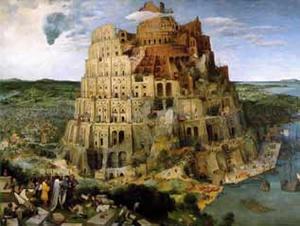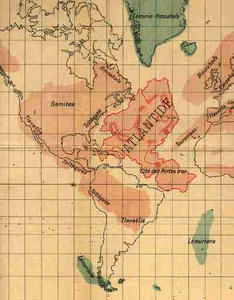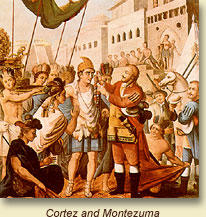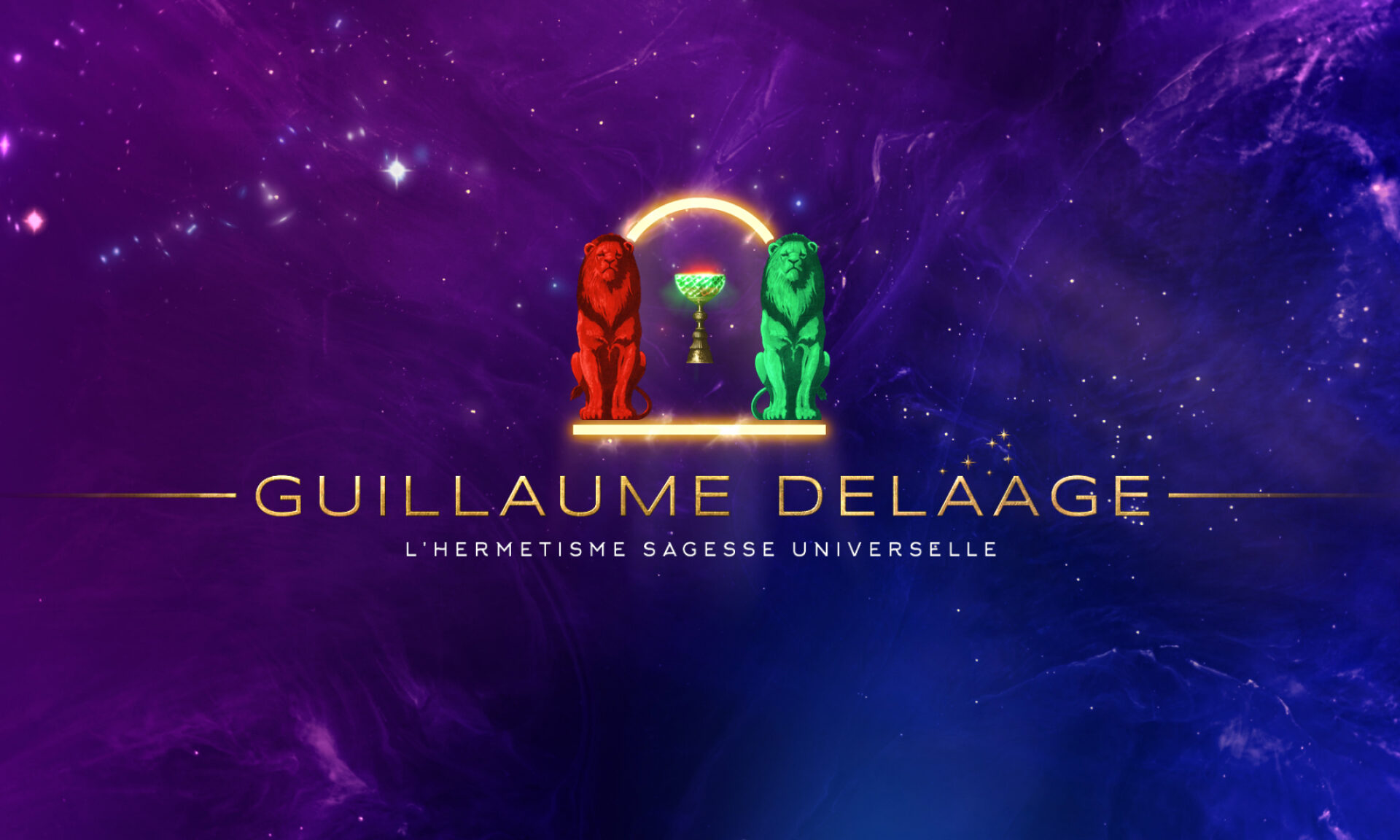After studying Atlantis in the light of the peoples and civilizations from around the Mediterranean, we will try to go a little further in our investigations by comparing certain linguistic roots, remnants of a bygone world. Atlantic Europe still offers a wide field of experimentation to the researcher. So let us head to a small territory on the border of Spain and France: the Basque country.
The roots of basques
In recent decades, many ethnologists, historians and etymologists have looked into what it is now by agreement called “the Basque mystery”. There is a legend in that nation that speaks of a cataclysm in which fire and water waged a battle. The ancestors of the Basques took refuge in caves and were saved. Based on this hypothesis, is it possible that hidden in the current idioms there would be identifiable remnants of a global language from the end of the Paleolithic? We might illustrate this by quoting the Old Testament (Genesis, XI), where it is said:
Now the whole world had one language and a common speech…
and further: …Come, let us go down and confuse their language so they will not understand each other. So YAVHE scattered them from there over all the earth.

This passage is very interesting because it precisely conveys what other traditions say about it. In one of his books, Fabre d’Olivet makes reference to this breach in the history of Mankind, known as the Schism of Irshou.
In antiquity that battle was referred to as the dispute between two brothers and enemies: Irshou and Tarakhya. This implies that at the dawn of mankind Atlantis, cradle of civilizations, gave a single language to the entire planet. That would probably explain why nowadays we can see so many similarities amongst languages.
We have seen in the Basque the survival of ancient Iberian known only by its inscriptions on coins. This language ranks amongst others of the Caucasian race, such as the Chaldean, the Cassite, the Hittite, the Lysian, the Mysian, the Psidian, the Isaurian, the Lycaonian and, in the group of unknown languages, the Cappadocian and the Etruscan. The Romans called the Basques Vascones. They called themselves the Euscuaras or Euskeras, that is, the men who speak Euskera.
We now know that some Siberian languages have a resemblance to the Basque. Thus, the language of the nomadic reindeer herders living on the Tchoukotska peninsula, in the far northeast of Asia, holds some assonance with the Basque. In his book” The Shadow of Atlantis” Colonel Braghine (the Atlantologist) said :
I was present when a former Russian officer of Georgian origin found himself able to talk with the Natives of Vizcaya immediately upon his arrival in Northern Spain: he spoke Georgian, but the Basques understood his language.
Braghine also claimed that the Basque had a compelling analogy to the Japanese. He went on saying:
When in Guatemala, I often heard about one Indian tribe living in the Peten district (Northern Guatemala): this tribe speaks a language resembling Basque, and I heard of an occasion when a Basque missionary preached in Peten in his own idiom with great success.
For his research Braghine travelled to the city of Tula near Petén. He visited the Otomi tribe. Here is what he said about it:
These Indians speak the old Japanese idiom, and once when the Japanese ambassador to Mexico visited this tribe he talked with them in this old dialect.
It is clear that at the root of all these related idioms there necessarily must be a very ancient language.
Elements of comparison
The Basques, with their aquiline nose, have retained the characteristic profile of the ancient Maya, found nowadays in their purebred descendants, the Lancandon Indians. And this same profile is also portrayed on a certain prehistoric stone of Vendée, still visible at low tide. Oddly enough, the Basques still cultivate their land the same way the Maya did. There is amongst the Basques a belief in a mythical serpent with seven heads: the Herensuge, which strikes us as the serpent worship of the Aztecs. The old Basque custom of counting in tens finds its parallel in Central America where they used a similar arithmetic. Moreover, the French have inherited from the Basques the word “quatre- vingt”, meaning “four scores”.

Another analogy can be reported: the national game of the Basques is Pelota. This game which can be considered the ancestor of tennis is a game of skill that also requires much strength. The Jai-Alai, played with a Wicker glove attached to the wrist (the chisteras), reminds us of the Mayan game “Put-a-tuk” with similar rules. In view of these many similarities, it appears that these peoples were connected and instructed by a mother civilization: Atlantis, which, with its collapse, left its children on their own.
If we talk here about the origin of the Basques, it is because everything leads us to believe that the capital of Atlantis, Poseidonis (according to Plato), stood near the Iberian Coast, and that some geographical spots of these regions were Atlantean colonies.
Atlantis was a bridge between one side of the Atlantic Ocean and the other. Tradition says that the Atlanteans had a peaceful experiment of civilization with the peoples of Latin America. One should also remember that the emigration of Atlanteans allowed them to share some extensive amount of knowledge with these American, European and African ethnic groups they contacted.
But the transmission of scientific and traditional knowledge was devolved to the race of the Pelasgians (Cham) and later the Celts with Ram (Japheth) and finally the Semites (Sem). It is this last people who benefited from the knowledge of the previous two and especially from this neutral colony which for a long time sheltered some scientists of the mother-race. We are referring here to the earliest Egyptians, direct heirs of the Atlanteans.
Are the Basques the last Atlanteans?
As we return to the analogies and vestiges of civilizations, we must now consider the geography and comparative study of another region of Europe that is very close to the Basque country: the Spanish province of Andalusia, and more specifically, the Guadalquivir Valley. This is where the descendants of the legendary empire of Tartessos still live today. The low swampy plain and estuary of the Guadalquivir are proofs that Plato located his island of Atlantis on the Western side of the ocean. He was precise enough to provide us with the answer to the question as to whether it was the Iberian, Celtic, or Libyan coast.
He said that the second son of Poseidon, Eumelos(the first Atlantean monarch), was also called Gadeiros, and that the eastern part of Atlantis, which was entrusted to Gadeiros, stretched to the Pillars of Hercules and close to Gades (Cádiz). It is the only topographic indication we have on Atlantis but for our research it is of inestimable value. In the next section – before we head to the American shores – we will return to the research and conclusions that can be formed about this part of Spain – in relation to the Atlantean continent – as we analyse the legends and myths that are still vibrant in the memory of peoples.
 We could have dwelt a little more on the mysteries surrounding the Basque people. But, as you know, our intention is to do a broad study of Atlantis and keep to the most important points. Last month, we started a study of the region of Tartessos in Spain. In the lines that follow we will continue this work …
We could have dwelt a little more on the mysteries surrounding the Basque people. But, as you know, our intention is to do a broad study of Atlantis and keep to the most important points. Last month, we started a study of the region of Tartessos in Spain. In the lines that follow we will continue this work …
Tartessos and Andalusia
The Greek poet Hesiod (700 B.C.) was the first to speak of the islands of the blessed. Sertonius, who in 83 B.C. was a Roman praetor in Spain, learned from the mouth of the Romans stationed in Gades that there were blissful islands in the Atlantic Ocean (probably Madeira and the Canary Islands). Some current studies lead us to believe that the present inhabitants of these islands are the descendants of the Atlanteans. We will return to that later.
Researchers have looked into the location of Atlantis and elected certain points of the globe as the exact place. Yet, it is Professor Shulten who after 50 years of research identified the city of Tartessos as an Atlantean city in Spain. This city was located in the province of Andalusia, a region which was always thought to be the most opulent in Spain. In antiquity, it was considered the richest region on Earth. Beatica, a Roman name for Andalusia, is quoted by Pliny, circa the year 100 A.D., as the most fertile of regions. Posidonius said that nowhere else would one find as much wealth of gold, silver, copper and iron. The riches of Tartessos resided in the mineral deposits of the Sierra Morena, which are not yet exhausted these days.
Tursa, the Lydian city where settlers set off to found Tartessos, was the original homeland of the Etruscans; no trace of it has ever been found… Tartessos was a colony of Tyrsians of Etruscan stock. Nowadays, in Andalusia, we find a number of toponyms of Etruscan provenance that come from Lydia. They speak of the Kings of Tarshish In the Old Testament, in Chapter 27 of the book of Ezekiel. Rufus Festus Avenus, a poet and Roman Aristocrat in 400 A.D., said that in the year 100 B.C. Tartessos possessed “the most advanced civilization of the ancient West”. According to Professor Shulten, somewhere in the swamps, near the mouth of the Guadalquivir River, lies the richest city of the European antiquity. Atlantis, according to Plato, extended to Gades.
Culture and knowledge in Tarsis
If Tarsis, or Tartessos, was an Atlantean colony or even one of its most modern cities, one can also imagine that it had to contain many cultural riches. Note what Stabo said about it:
Tarsis contained much wealth and especially texts of laws and texts of prose old of 6000 years.
Tartessos ruled over cities populated by Iberians who were the predecessors of the ancient Phoenicians and Etruscans. Justinius said that Gargoris, the Tartessian king, was the inventor of beekeeping. Avenius cites a people, the Ostimians, who would have had close ties with the Tartessians. They were the greatest sailors of their time. Some inscriptions on objects discovered were in Assyrian and the jewelry style was original for it does correspond to anything known so far. That treasure of 21 jewels, dubbed “the treasure of El Carambolo”, and the famous bust of the Lady of Elche housed at the Prado Museum, raise many controversies as to their origins.
There still would be much to say on Tartessos and about the ongoing research over there, but this is beyond the scope of this article. The goal here is to provide a comprehensive picture out of scattered elements, which, assembled, will allow us to revive Atlantis more than 12,000 years after its sinking. Using myths and legends we can, by deduction and analogy, discover elements that were missing in the giant puzzle that this continent represents.
On the other side of the ocean
After briefly studying Tartessos as an Atlantean colony, we now move to the South American continent. As we have said, the Atlanteans tried to establish relationships based on Exchange and transmission of knowledge with the different peoples living on these lands. Their plan was not as successful as they had wanted but it remained an attempt which still bore fruit when considering the knowledge of these peoples.
When in the 16th century the Spaniards first arrived in South America they were impressed by the metalworking skills of the natives. The Maya, Aztecs and Peruvians had extensive knowledge in metallurgy. They knew how to soak copper, manufacture gold and silver statues and build automata.
 Spanish chroniclers remained speechless before Montezuma’s hanging gardens. And the natives gifted Cortez with platinum mirrors and many other richly carved wonders. Whence did they hold this knowledge? One can also be struck by the similarity between the step pyramid of Djoser in Saqqara, Egypt, and other step pyramids in Latin America.
Spanish chroniclers remained speechless before Montezuma’s hanging gardens. And the natives gifted Cortez with platinum mirrors and many other richly carved wonders. Whence did they hold this knowledge? One can also be struck by the similarity between the step pyramid of Djoser in Saqqara, Egypt, and other step pyramids in Latin America.
Does not the mythical serpent of the Basques – the Herensuge – make us think of Quetzalcoalt, the plumed serpent of the Aztecs?
So many similarities amongst peoples so far apart impel us to this conclusion: Atlantis was the mother continent that influenced all the peoples, from the Americas to the Urals via the vast African continent, homeland of the Pelasgians or Gian ben Gians. As for Asia, one can see its imprint and also that of what is now called the land of Mu, a continent that once existed in the middle of the Pacific Ocean.
In the next chapter, we will study the South American civilizations through their myths and legends and, more importantly, we will draw a parallel with the latest scientific discoveries.
